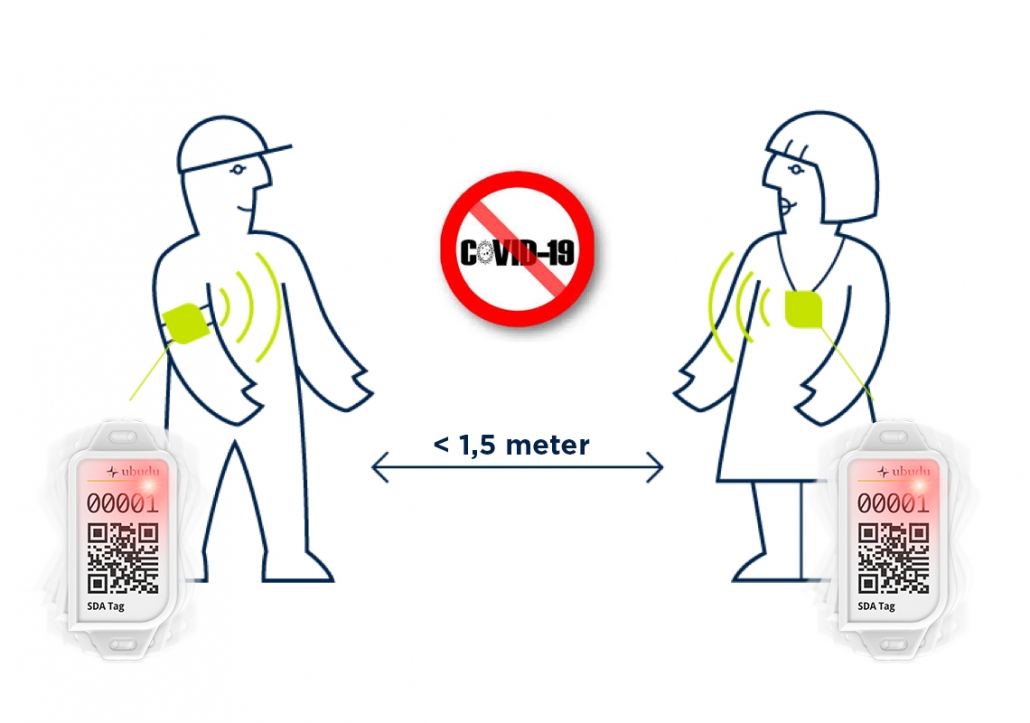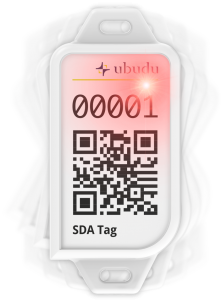A few days ago, the New York Times headlined ” 239 Experts With One Big Claim: The Coronavirus Is Airborne”. At least in the Netherlands, some people are focusing on these aerosols as more are less the only source of infection. According to them, Social distancing would have no use. Should we stop with washing hands, route marking and solutions like the covid buzzer? What does Morawska really say in her article?
Now, Morawska c.s. have publiced their article. In this, she focusses on aerosols as a third way of possible/probable Covid 19 infections, besides direct contact and large droplets:
“Inhaling small airborne droplets is probable as a third route of infection, in addition to more widely recognized transmission via larger respiratory droplets and direct contact with infected people or contaminated surfaces.”
“Inhaling small airborne droplets is probable as a third route of infection, in addition to more widely recognized transmission via larger respiratory droplets and direct contact with infected people or contaminated surfaces. … We believe that the use of engineering controls in public buildings, including hospitals, shops, offices, schools, kindergartens, libraries, restaurants, cruise ships, elevators, conference rooms or public transport, in parallel with effective application of other controls (including isolation and quarantine, social distancing and hand hygiene), would be an additional important measure globally to reduce the likelihood of transmission and thereby protect healthcare workers, patients and the general public.”
In other words: they mention aerosols as a possible / likely distributor of Covid 19, so not as the only explanation. They also mention the widely accepted distributions due to the large droplets and direct contact.
Social distancing remains important, solutions such as washing hands, good marking and covid buzzer help.


